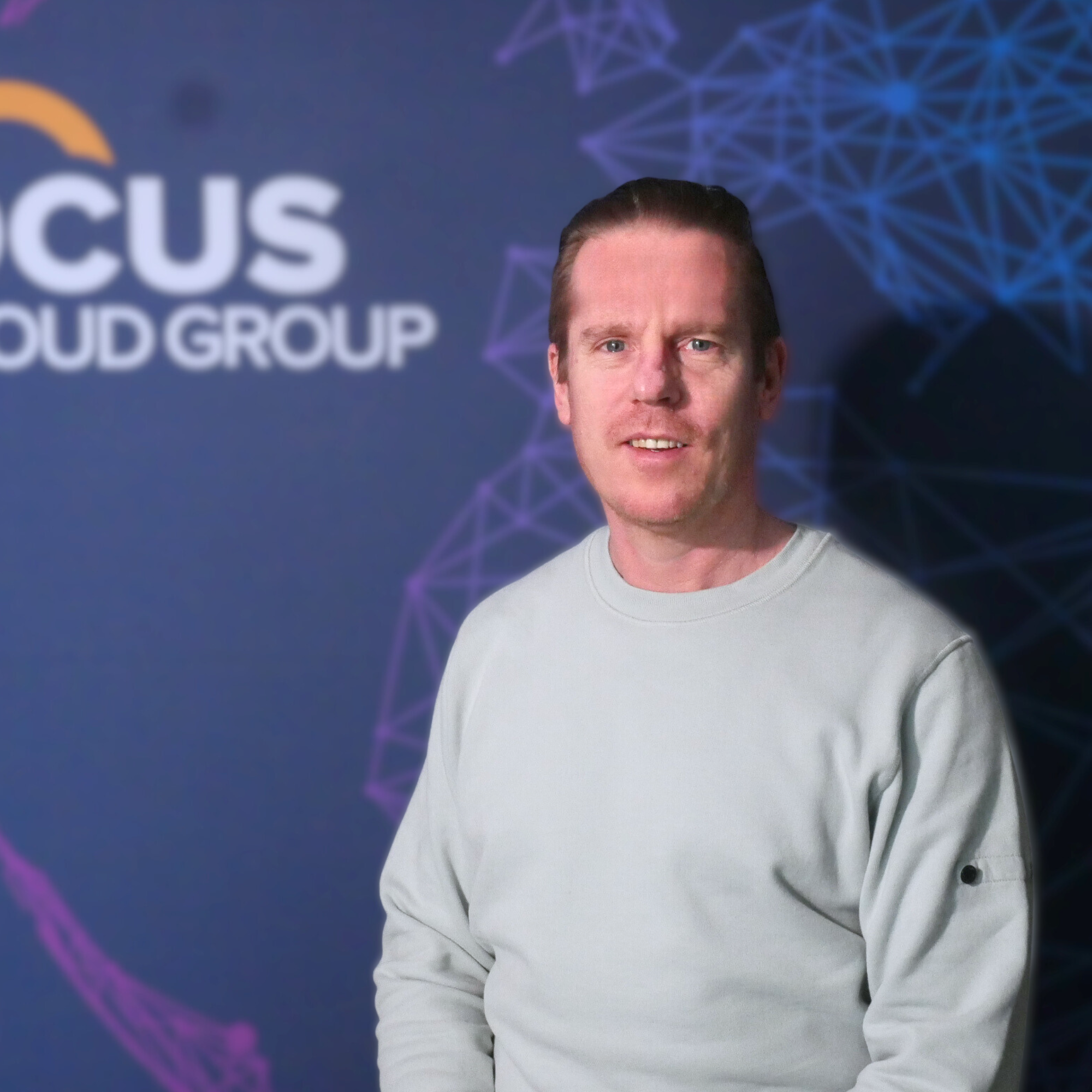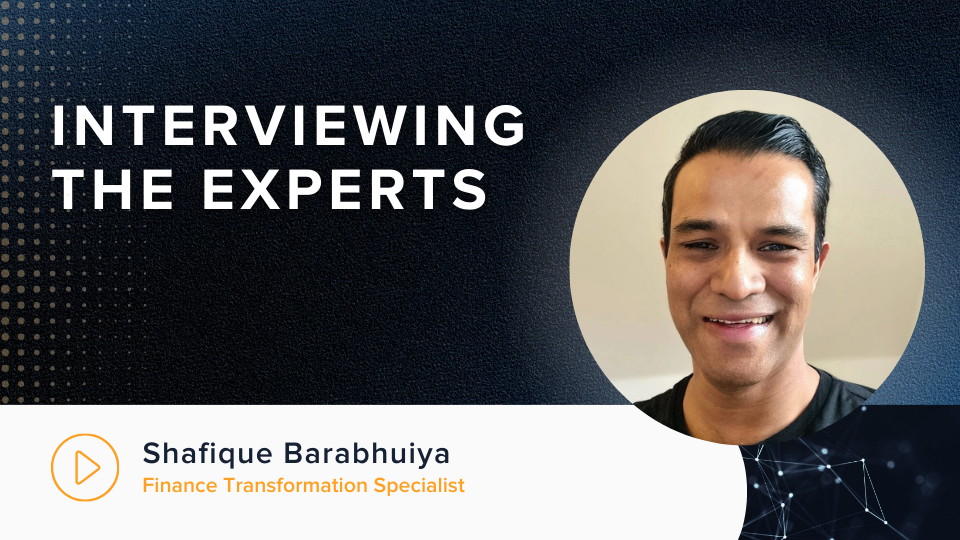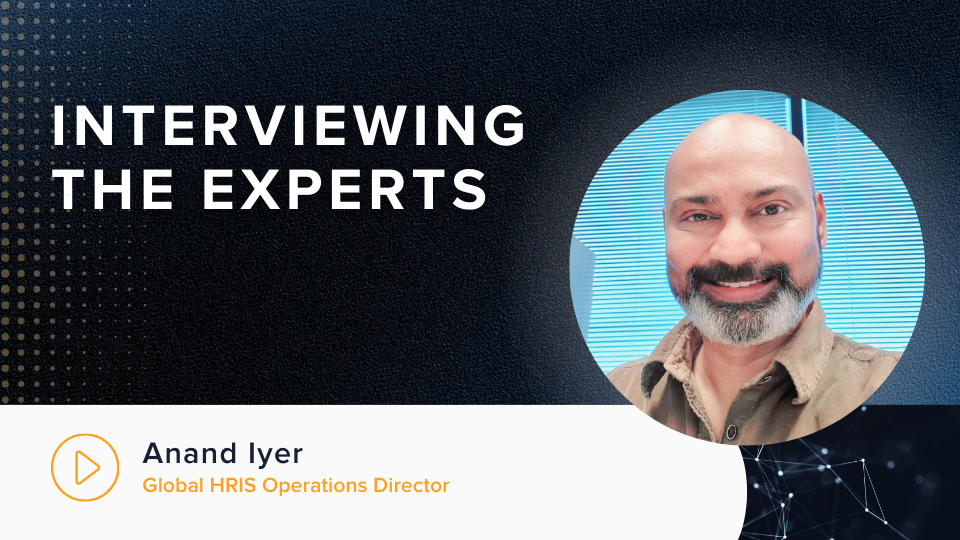We’re back for Part II of ‘Interviewing the Experts: Workday® Implementations’. In Part I, we introduced you to Ānand Iyer, Global HRIS Director and implementations expert, based in the US.
Ānand started his career in general IT, before moving into the HR Tech space. He has successfully managed global HR for organisations across a number of industries, including Life Sciences, FinTech, Retail, Food Services, Hospitality and Core Infrastructure. Ānand has successfully created and distributed HR Tech solutions in the past, and has been in the Workday® ecosystem for 10 years. He has worked on multiple full life cycle global Workday® implementations, in both permanent and consultative/advisory capacities, as well as a number of roles involving optimising solutions post-implementation.
Ānand’s accolades don’t stop there. He has served on multiple panels and committees, including a Product Advisory committee for Workday® and the panel for Discover Atlanta, as well as a subcommittee for the Information Technology Association of America, among others. Here, he helped create the guiding principles for ASP solutions, which became the globally accepted standard, and were inherited by modern-day SaaS solutions, including Workday®.
Let’s continue from where we left off…
When managing a Workday® implementation, what are the biggest challenges you face when moving an organisation over from, or integrating Workday® with, legacy systems?
The challenges are best classified as Resources and Business Decisions.
Resources:
- Data mapping and conversion are key skills needed on the team, both during initial implementation and during a M&A integration project. At initial implementation, decisions about how much historical data to bring into Workday®, vs. using point in time data from the launch date onwards, are vital.
- Integrations with legacy systems or third-party vendors are successful if data mapping is clean and accurate, and the integration build is optimised.
- Building integrations in Workday® Studio is an art and a science. It requires deep knowledge of Workday® functionality, as well as being conversant with various technologies, and data privacy and security requirements.
- Strong core HCM and Security skills are also a typical requirement. These are essential for creating, updating, and maintaining organisation structures in support of implementation/integration actions.
- While it may not always be possible to have a resource for every special need, investing in Integrations, Reporting, HCM Core and Security skills will give the HRIS team a strong foundation to build on.
Business Decisions:
- Staffing Model – Consider Job vs. Position vs. Hybrid staffing models at initial implementation, and when bringing a new organisation into Workday® as part of a M&A integration. The latter is less of a factor if you bring them in from other systems, but can become a complex process if you bring in an organisation that also currently uses Workday®, but with a different staffing model to your own organisation/client.
- Org Structure Creation – Needs to be addressed if this is an initial implementation, an internal reorg or a M&A integration.
- Security Models – Particularly for HR Partners and Recruiters. Leveraging an intersection security model tends to be the norm, with Supervisory Org and Location being common bases. However, it might serve an organisation better to use a different base, such as a Cost Centre and Location combination, or a Branch/Region structure with a Cost Centre. It all comes down to the nature of the organisation, the business, and how they are structured.
- Business Processes – At initial implementation, most organisations go overboard with notifications, alerts, approvals, and ‘to do’ steps, and end up having to optimise later. One of the most common issues is ‘ping-pong’ steps that go to Person A, then to Person B, then to A again for another step. It would be ideal to work out the process flow upfront, so if there are two steps with Person A, they are done simultaneously, or if constraints exist, consecutively. Typically, business processes don’t change drastically with M&A integrations, but would if it were a Workday®-to-Workday® change!
- Reports (and Dashboards) – If any of the above change, Reports and Dashboards are directly and immediately affected.
- Integrations – Both Reports and Integrations are essentially the data extraction layer, and rely on Org Structure, Security and Business Processes remaining stable to deliver consistently. Thus, it is natural that any change in these fundamental layers immediately impacts reports and integrations. A change in any of these fundamental layers needs to be made with this impact analysis in mind, as it could lead to downstream impact on another system or business function.
What are the most important considerations for an organisation in the post-implementation period?
The most important consideration post-implementation is the readiness of the HRIS team. Never underestimate the importance of having the correct skills matrix and experience level to support the operational state once the Consultants leave.
Strangely, most Workday® Customer leaders are under the impression that they don’t need a large team to support Workday®, as with legacy systems (e.g. SAP or Oracle), as it is very intuitive and easy to maintain. This is a little far from the truth. While there is an inherent advantage Workday® offers, in its operational state, for each HR function (Core HCM, Security, Compensation, Benefits, Time & Attendance, Absence, Time Tracking, Reporting & Dashboarding, Integrations etc.), a dedicated lead resource is needed across one or more related functions. This will ensure delivery of operational support, alongside managing any annual cyclical or adhoc projects that arise.
Investing in trained and qualified resources for Workday® Integrations and Security pays off, as everything that happens in an organisation post-implementation affects one or the other, or both. The added advantage is that they are usually conversant with other Workday® HCM functionalities, and can therefore ably support your functional area resource.
It is very important to also have a HRIS team and interested stakeholder SMEs, who can frequent the Workday® Community portal. You’ll also need a change management resource, or organisation, that supports the biannual Workday® updates.
Leveraging Workday®’s usage metrics post implementation is a great way to use the trended, data-based statistics that are available via the usage metrics reports. They can become a valuable tool in gauging the current state of system use, both on the User end as well as on the administrative end. This offers a great means of tracking trends over time, helping to achieve an understanding of the spikes and troughs on specific metrics. An example of the usefulness of these metrics: if the mobile-app-based login statistics are in the single digits, and your organisation has several thousands of active Workday® users, then the mobile use strategy becomes a potential area of optimization. This is because mobile access to various key features, such as approvals in business process flow times, can reduce time taken for process completion, especially if they are time sensitive, such as a job termination for cause. Mobile access also offers a quick and easy way for executives to look up information on the fly, such as the current headcount in a business function, or a country.
Then comes testing requirements. Very few organisations plan for this. The weekly, monthly, quarterly and biannual updates aside, when the customer organisation makes their own configuration changes, needs to roll out an enhancement, or adopts a new feature or functionality, it is crucial to have a clear testing plan. There are solutions, like Kainos Test, which is used by Workday® to test their own releases within their organisation, and is also available for Workday® Customers. While it is an investment, once set up right, it will run tests every weekend, offer results, and flag anything that requires attention when you come in to work on Monday. This applies to the planned large updates twice a year as well. Solutions such as the one Kainos offers (specific to Workday®) can save organisations a ton of time and effort, at the rough cost of one employee per year.
How has the Workday® industry changed in the last 10 years?
Workday® brought object technology to the HCM world, and made SaaS mainstream. Several new players have emerged in this space since Workday® arrived on the scene. Other legacy RDBMS solution providers have hastily cobbled together solutions through acquisitions, either to integrate or simply acquire competing (better) solutions, in a desperate attempt to level the playing field with Workday®. Often, the legacy RDBMS solution providers only acquired competing solutions so they could smother and destroy a competitor, or potential competitor, in their early stages of growth. The entire process was considered an alternative to building solutions from scratch, or competing from a position of strength.
While Workday® doesn’t do your laundry (yet), it offers about the most comprehensive, user-friendly HCM solution suite that one can find in the market. It is entirely likely there will be new players that emerge in several niches. However, the likelihood that any of them will make a difference, like Workday® has, depends on their ability to make a quantum change in HCM technology, and how we use it.
What does the future hold for Workday® implementations?
Object Technology has been the core, and driving force, of Workday®’s rise within the HCM enterprise solution space, and this is now extending to Financials and Payroll. However, with the advent of AI and Machine Learning, which Workday® has been incorporating into solutions, there may be some changes ahead. Future implementation methodology will need to shift to cater to advances in this area, depending on the level of adoption of AI and ML within Workday® products.
Blockchain technology should also be considered as a potential cause of a future shift in implementation methodologies. At some point, it is possible that elements of blockchain technology will begin to appear within Workday®'s landscape. I say ‘elements of blockchain technology’, because the decentralised nature of a true blockchain may not be possible, given the commercial nature of a for-profit business.
Thinking of implementing Workday®? In the middle of your implementation project and needing another pair of hands? Or are you having issues post-implementation? Focus on WD are the global Recruitment Specialists dedicated to sourcing Workday® talent. We can consult on who you need and when you need them, and supply them to you. We can help you over the bumps in your implementation process. Get in touch today to learn more.





